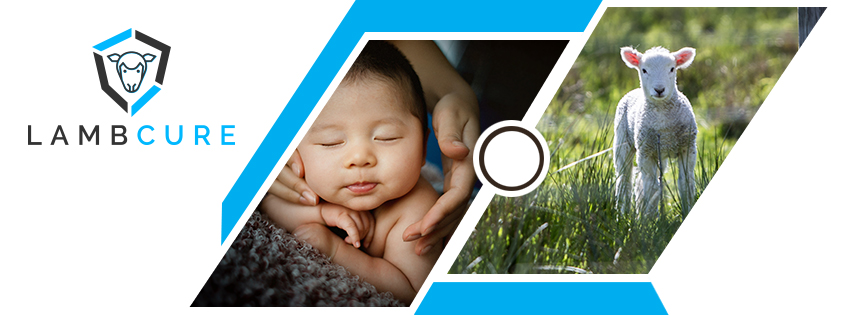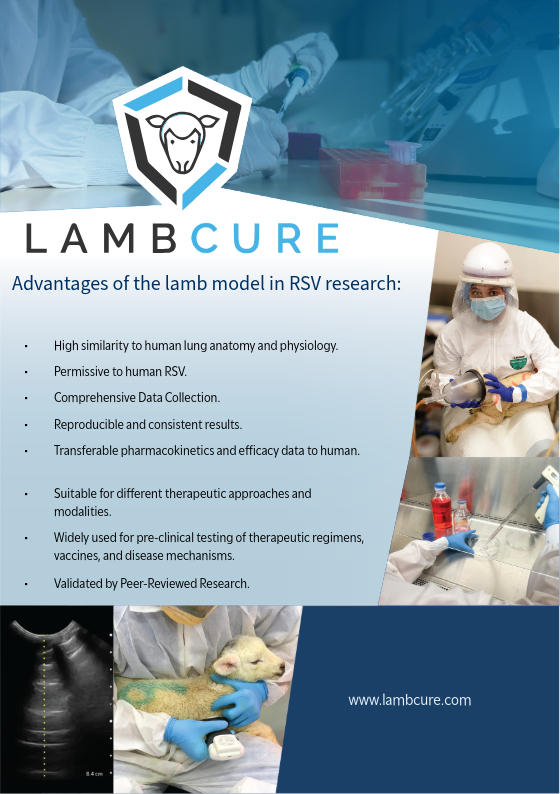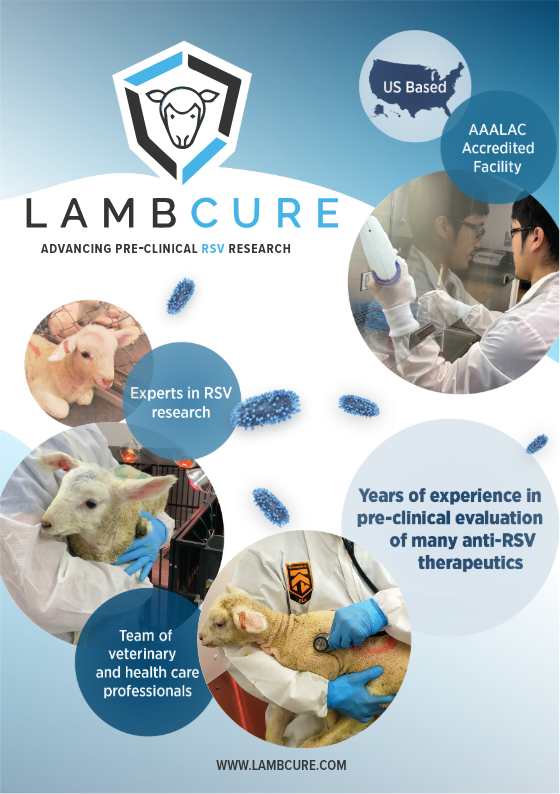
Located in beautiful Corvallis, Oregon, Lambcure Limited Liability Company (LLC) was established to facilitate the testing of pharmaceutical compounds. This initiative arose from the increasing demand among pharmaceutical companies to investigate therapies for respiratory viruses and the need for a practical animal model. Lambcure, LLC was founded after over a decade of research by Dr. Mark Ackermann, a veterinarian and board-certified veterinary pathologist, who developed, evaluated, and optimized the neonatal lamb model for studying infections in infants caused by respiratory viruses. While Lambcure's main focus is on Human Respiratory Syncytial Virus (RSV), we have also examined parainfluenza and Gram-negative bacterial infections. Additionally, we are exploring metapneumovirus and other severe respiratory viruses through ongoing collaborative investigations. We have created a model to study enhanced RSV infection following formalin-inactivated vaccination, as well as a model to assess the effects of maternal alcohol consumption on lung innate immunity.

For over seven years, Lambcure, LLC has served as a bridge between extensive scientific investigations of therapeutic compounds and the efficient assessment of these compounds to meet industry needs. This work began at Iowa State University through collaborations with numerous investigators and companies around the world. Currently, our laboratories and animal facilities operate within the state-of-the-art Legacy Research Institute (LRI) in Portland, Oregon, where we have successfully conducted many projects testing newly developed antiviral compounds.
Our work with the lamb model has significantly impacted the testing, evaluation, and pharmacokinetics of anti-RSV compounds. This model is a trusted preclinical tool essential for the approval process of newly developed compounds as they transition from in vitro and small animal studies to human clinical trials. The physiological, anatomical, and immunological similarities between lambs and humans make our lamb model ideal for determining efficacious doses for human testing.

